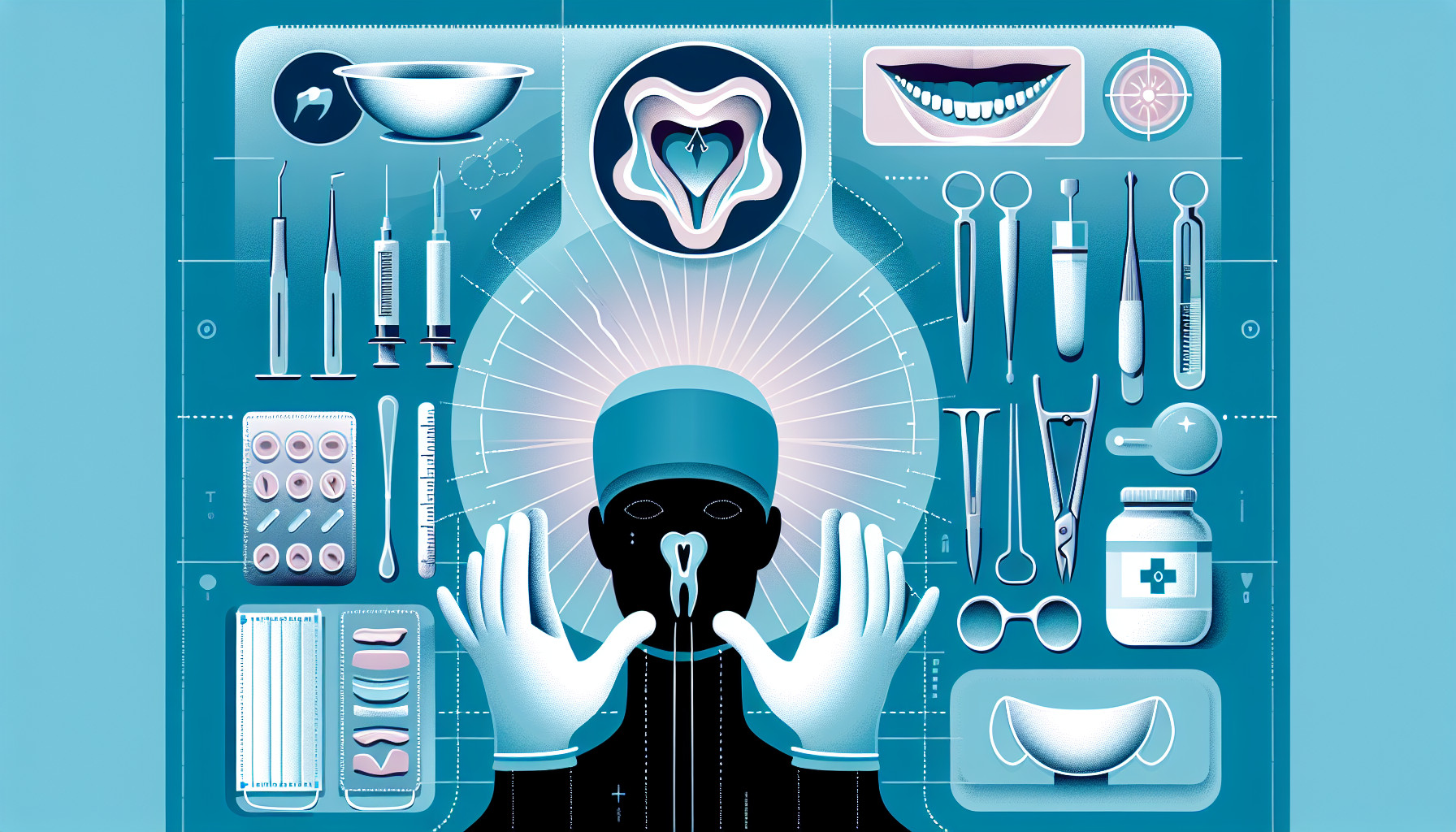Our Summary
This research paper is about a project where scientists made a 3D model of a lower jaw (mandible). First, they took a high-quality CT scan of the jaw. They then used a specific type of digital imaging to create a 3D reconstruction of the jaw in 1-mm slices. They then made a 3D digital file from this reconstruction and added spaces for the third molar teeth (also known as wisdom teeth). They printed this 3D model using plastic material.
They also made models of the wisdom teeth, coated them in a type of wax that simulates the space where ligaments would be, and placed them in the jaw model. Finally, they covered the area with a material that simulates soft tissue. This model can be used for training or research purposes.
FAQs
- What is a DICOM series in relation to oral surgery?
- How is a stereolithography file used in the simulation of third molar teeth placement?
- What is the purpose of using GI-Mask in the simulation of oral surgery?
Doctor’s Tip
One helpful tip a doctor might tell a patient about oral surgery is to follow all pre-operative instructions provided by the surgeon, including fasting before the procedure and stopping any medications that may interfere with the surgery. It is also important to inform the surgeon of any allergies or medical conditions before the surgery. After the surgery, it is important to follow post-operative care instructions carefully, including taking prescribed medications, avoiding certain foods, and practicing good oral hygiene to promote healing. If any complications or concerns arise, it is important to contact the surgeon immediately.
Suitable For
Patients who may be recommended for oral surgery include those with impacted wisdom teeth, tooth decay that cannot be treated with a filling or crown, dental implants, jaw misalignment, facial trauma, cysts or tumors in the jaw, or obstructive sleep apnea.
Timeline
Before oral surgery:
- Patient consults with oral surgeon to discuss treatment options and risks
- Pre-operative appointment is scheduled to review medical history, medications, and instructions for the day of surgery
- Patient may undergo pre-operative tests or imaging, such as a CT scan
- Patient is instructed to avoid eating or drinking for a certain period of time before surgery
- Anesthesia is administered before the procedure begins
After oral surgery:
- Patient may experience pain, swelling, and bleeding at the surgical site
- Patient is given post-operative instructions for caring for the surgical site and managing pain
- Follow-up appointments are scheduled to monitor healing progress and remove any sutures
- Patient may be prescribed antibiotics or pain medication
- Patient should avoid certain foods and activities to prevent complications
- Healing typically takes a few weeks, with gradual improvement in symptoms and function
What to Ask Your Doctor
- What is the reason for the oral surgery and what are the expected outcomes?
- What are the risks and potential complications associated with the oral surgery?
- What type of anesthesia will be used during the procedure and what are the potential side effects?
- How long will the recovery process take and what can I expect in terms of pain management?
- Are there any dietary restrictions or special instructions I should follow before and after the surgery?
- Will I need to take any medications before or after the surgery, and if so, what are they for?
- How many follow-up appointments will I need after the surgery and what will be checked during these appointments?
- What are the alternatives to oral surgery and why is surgery the recommended treatment in my case?
- How experienced is the surgeon in performing this type of oral surgery procedure?
- Are there any specific pre-existing medical conditions or medications that could affect the outcome of the surgery?
Reference
Authors: Cervenka P, Witty C, Liacouras P, Crecelius C. Journal: J Oral Maxillofac Surg. 2019 Jun;77(6):1125-1129. doi: 10.1016/j.joms.2019.01.040. Epub 2019 Feb 5. PMID: 30822406
